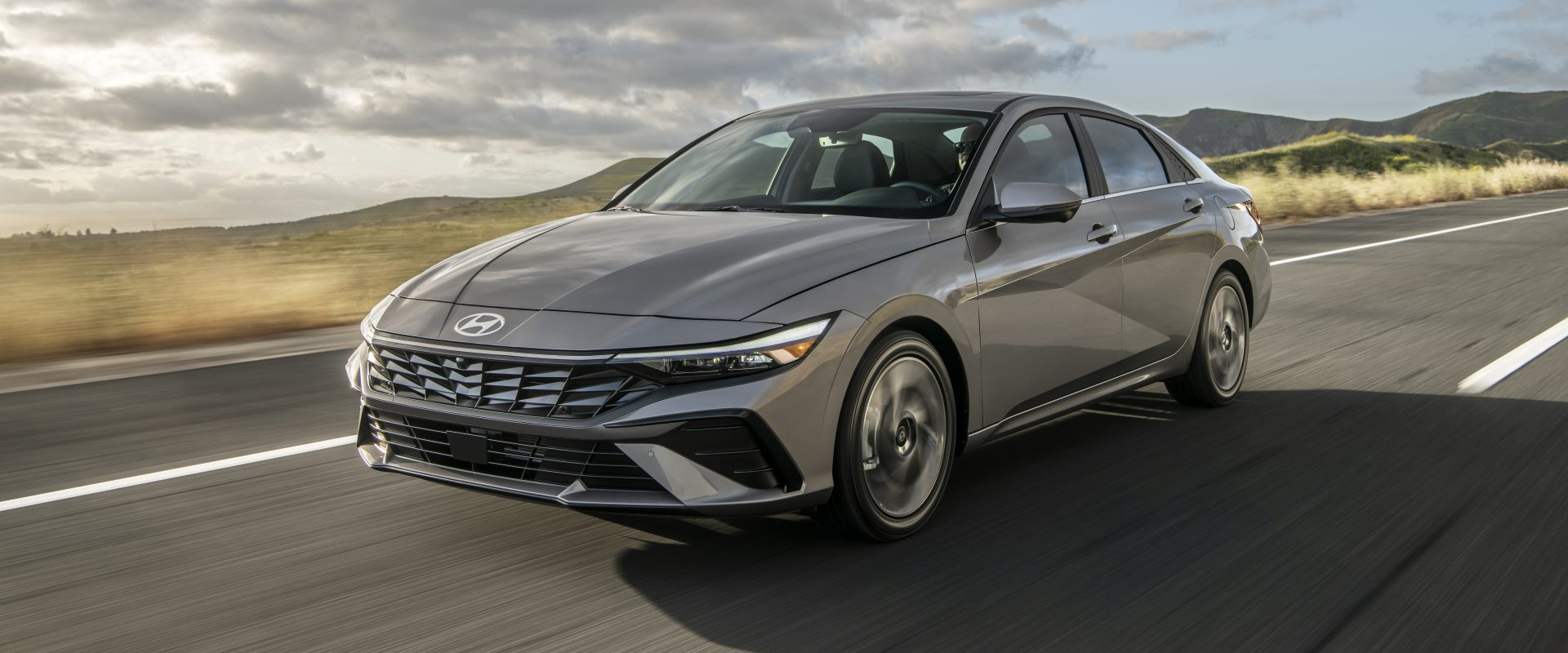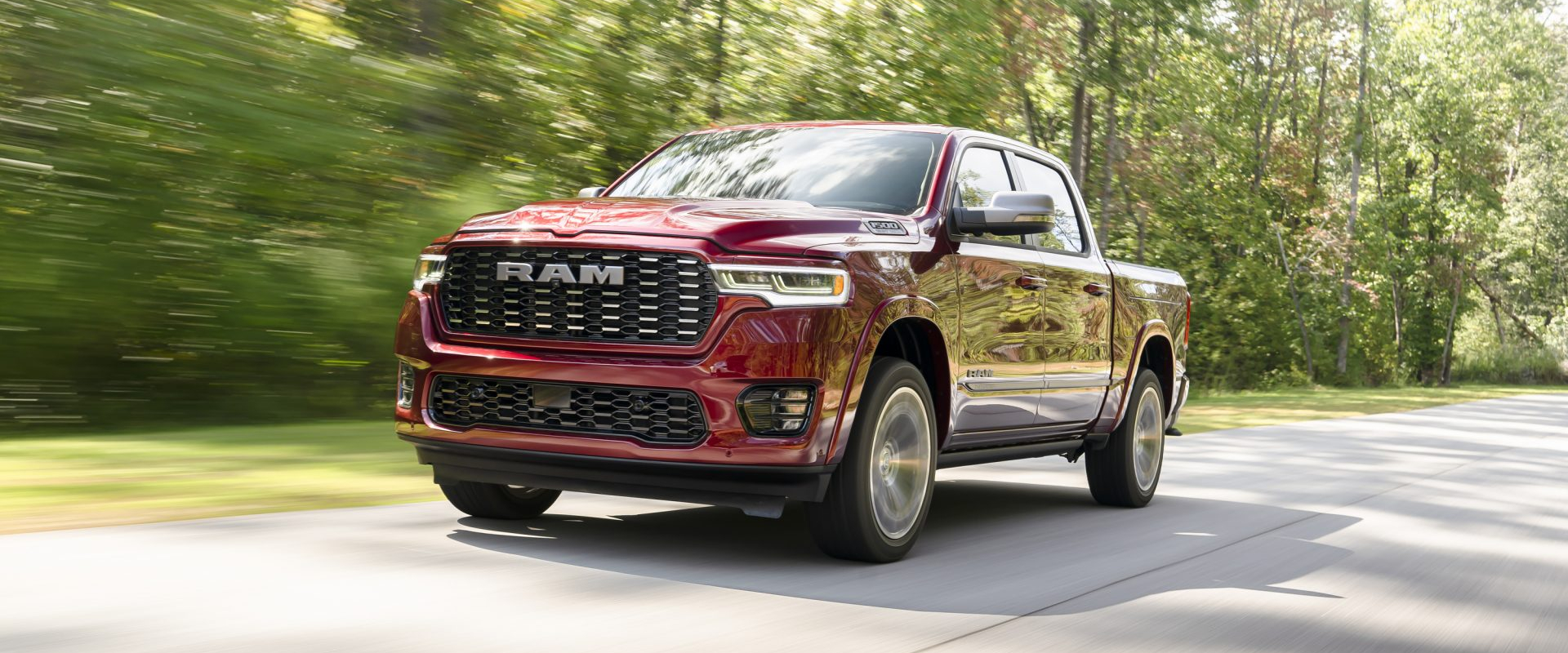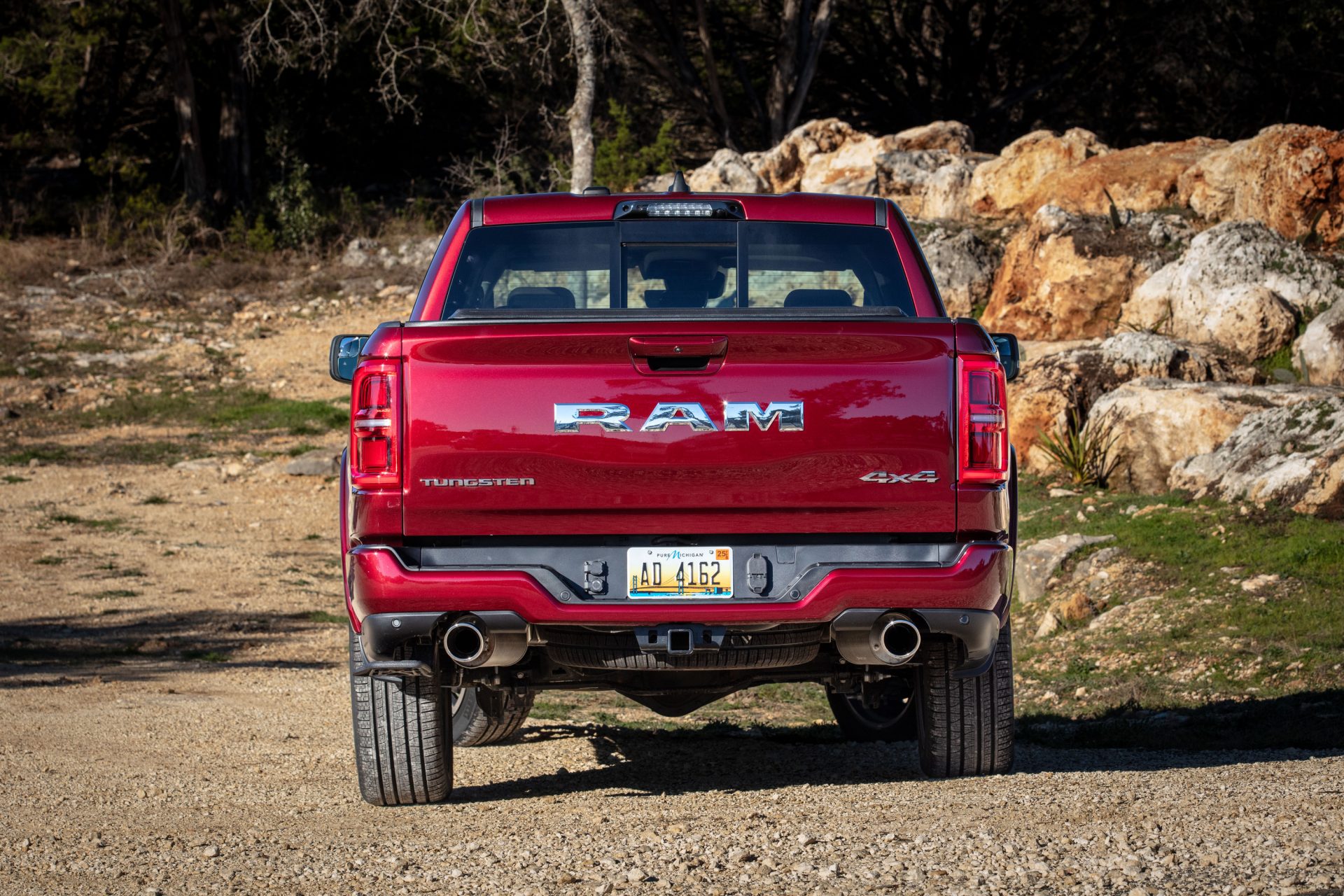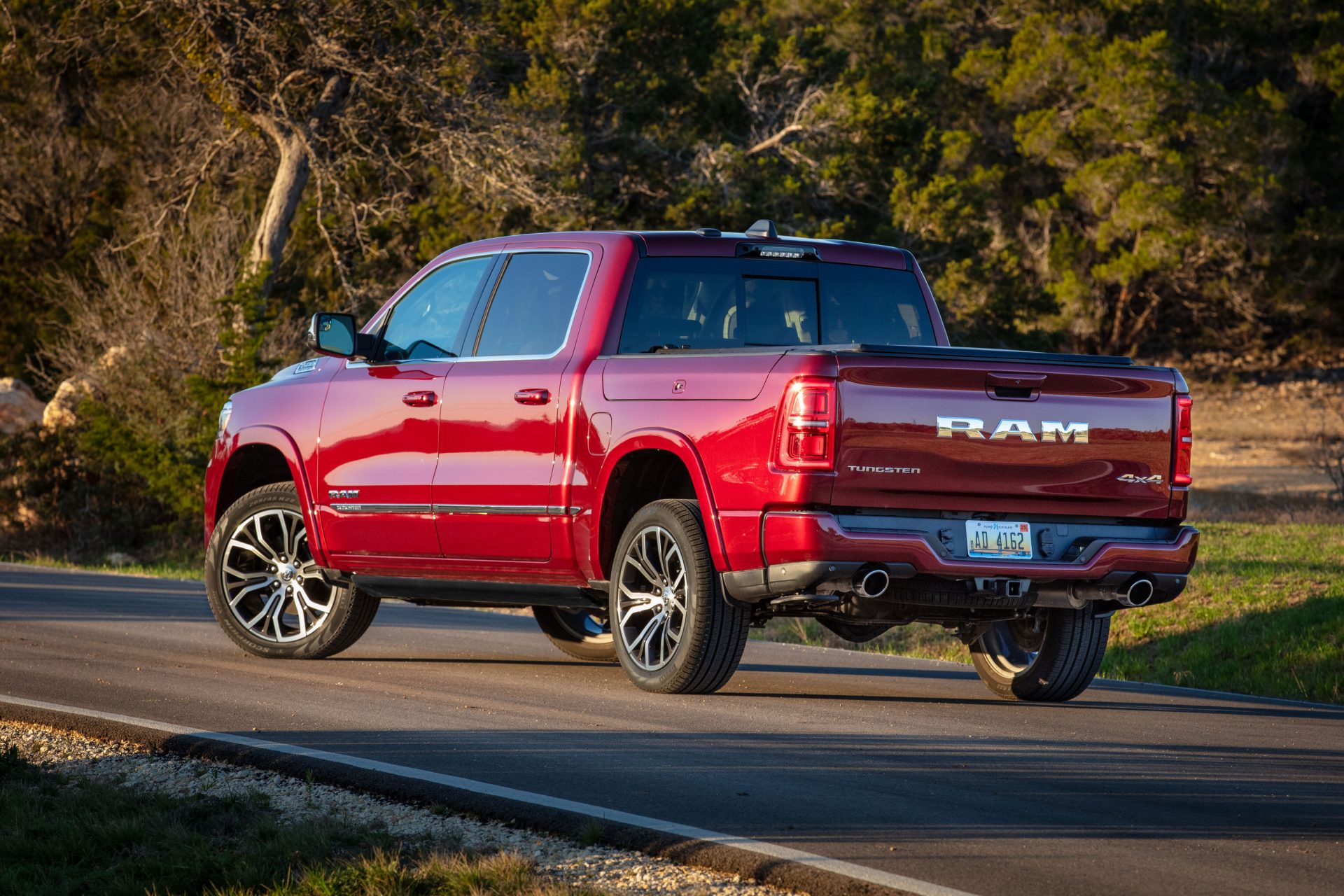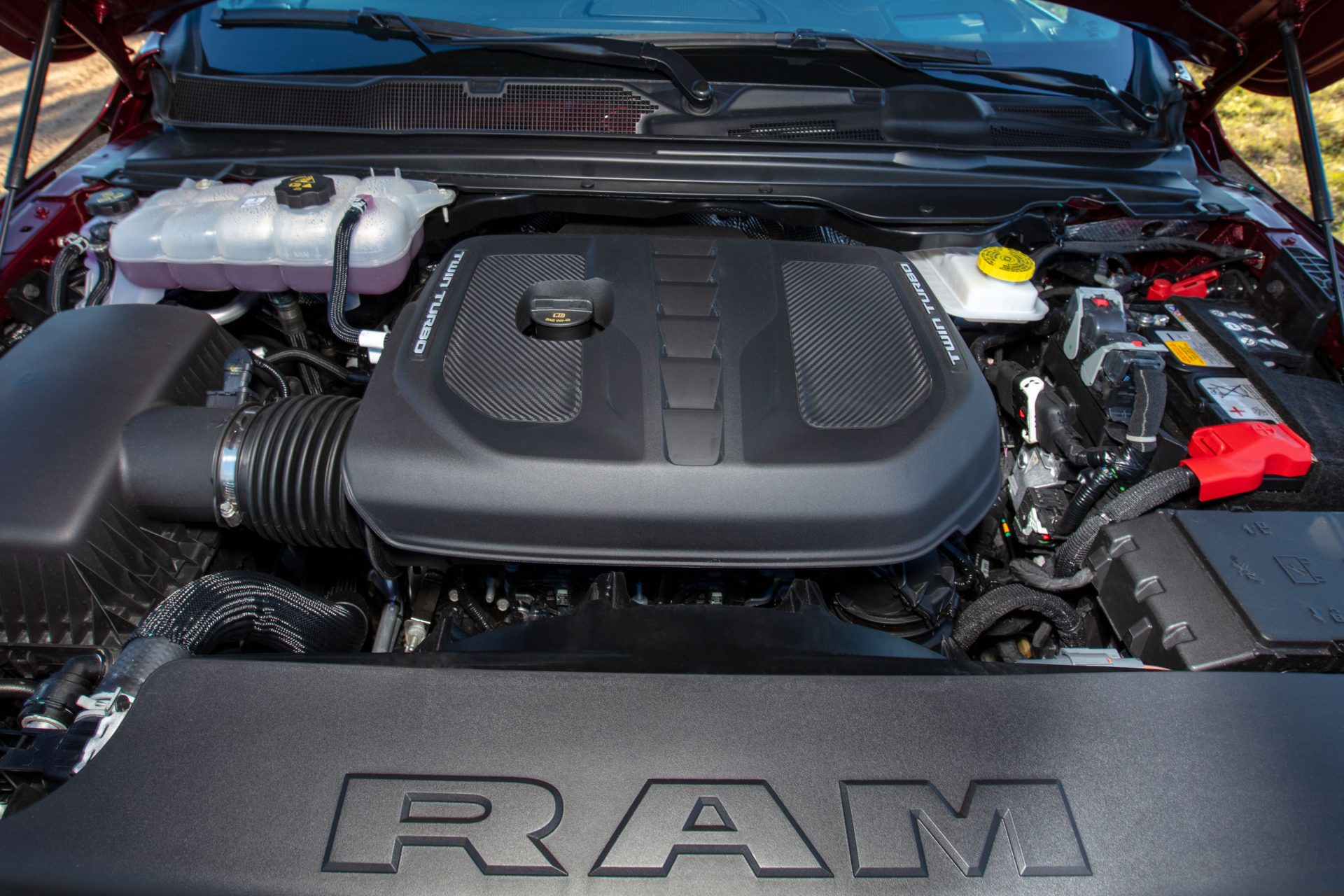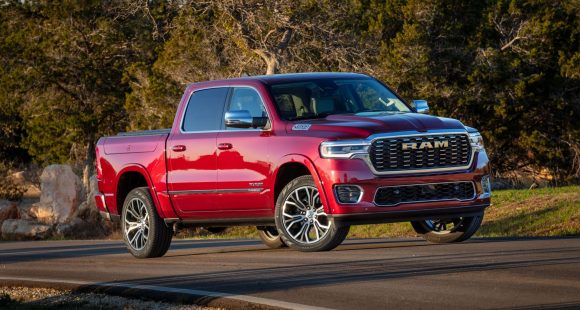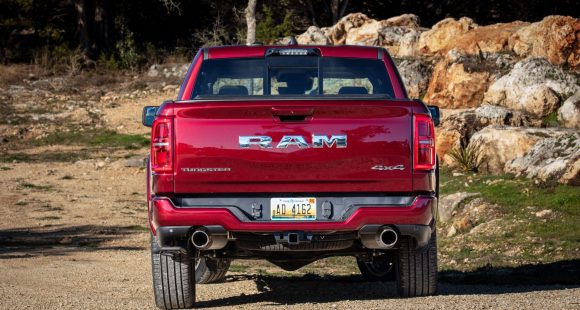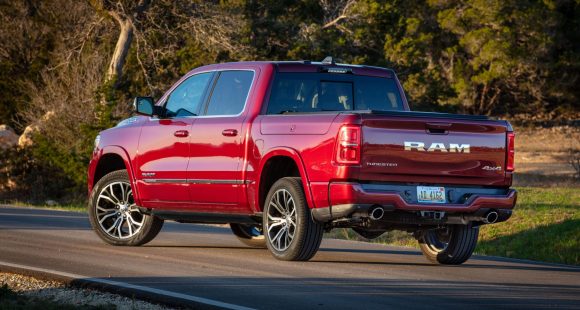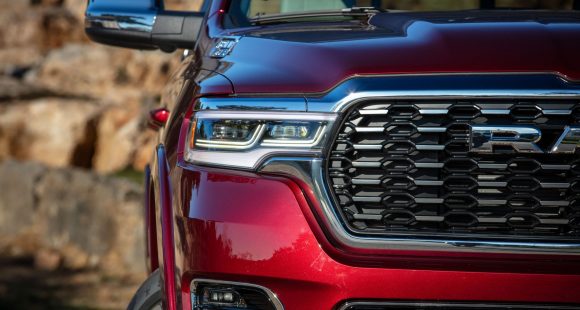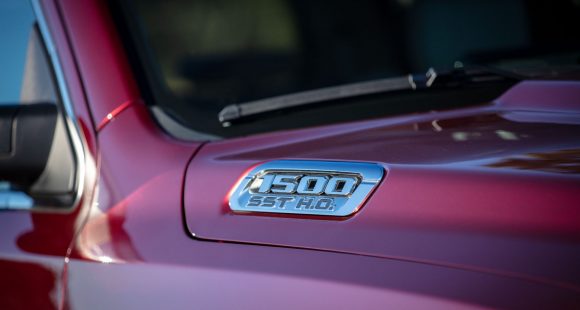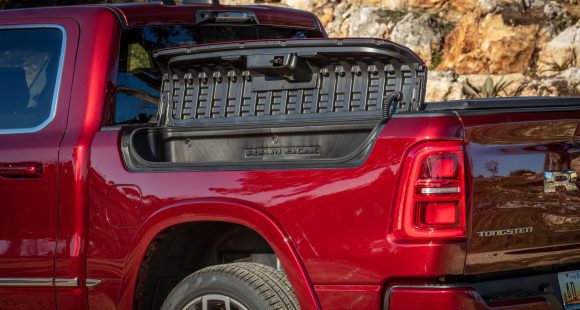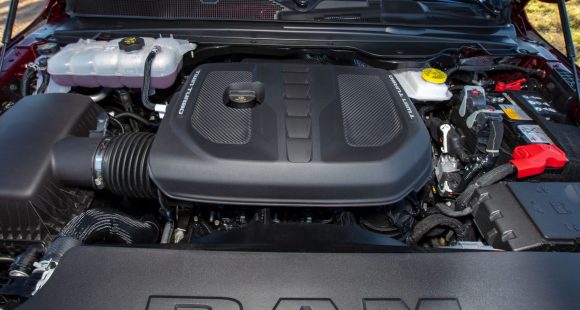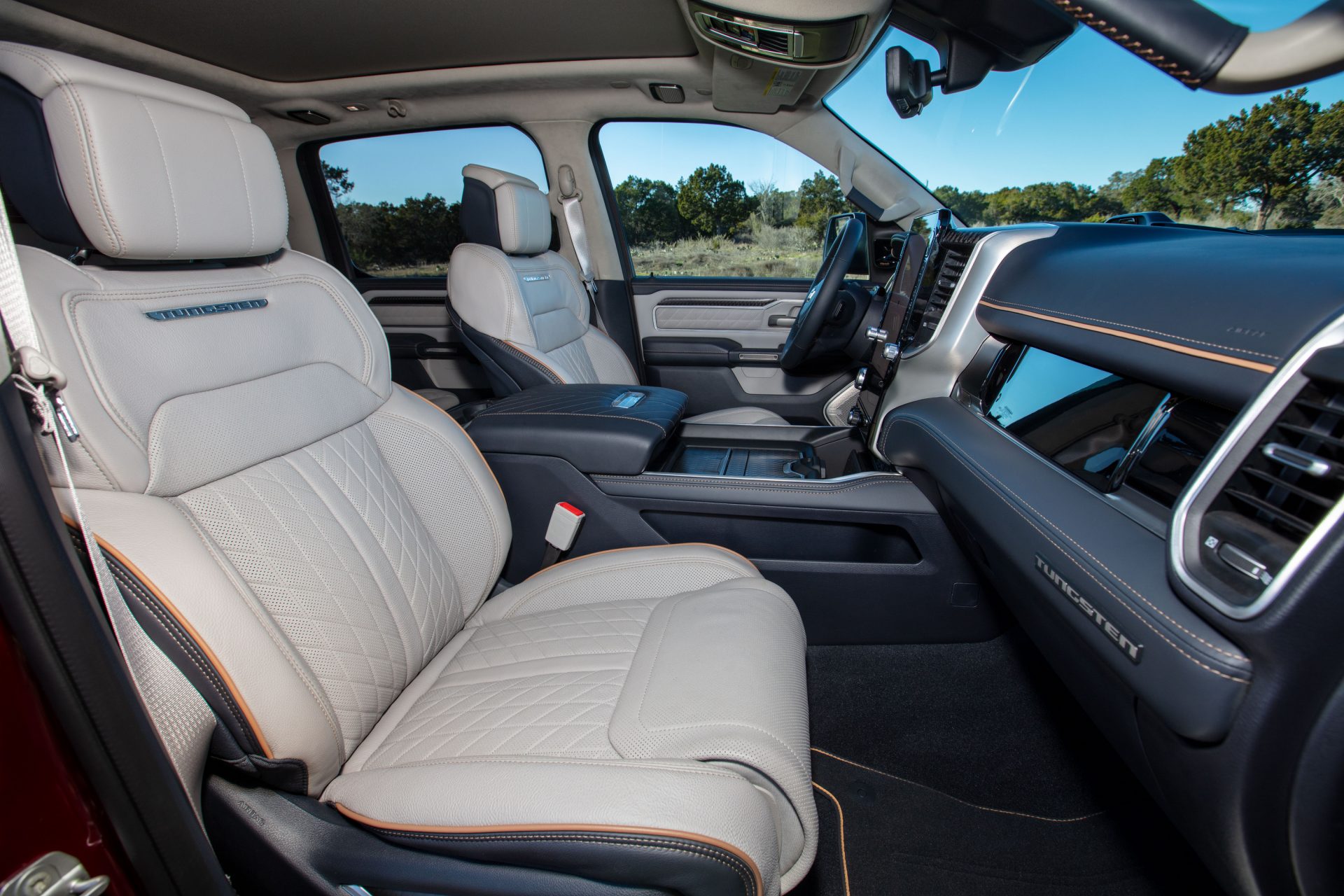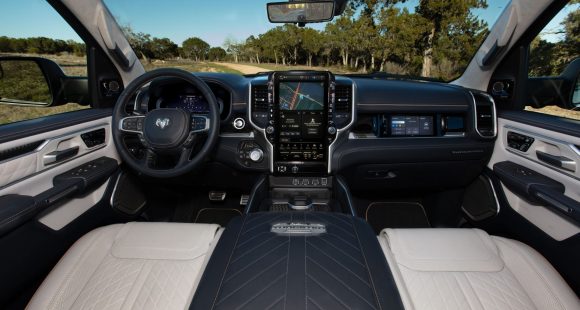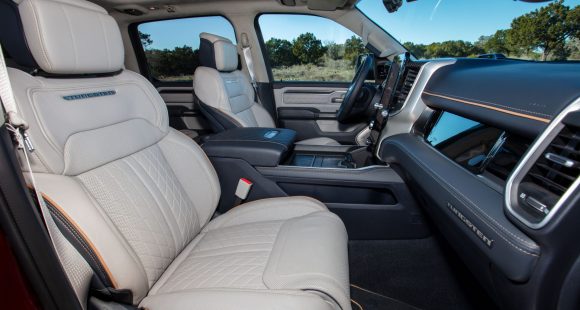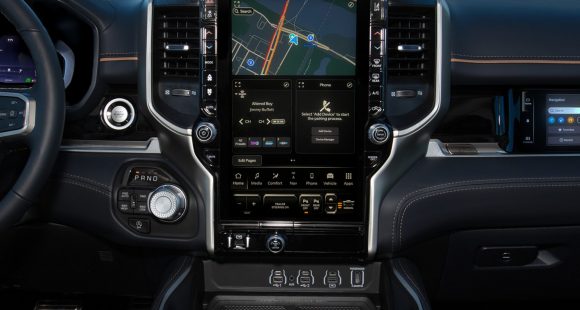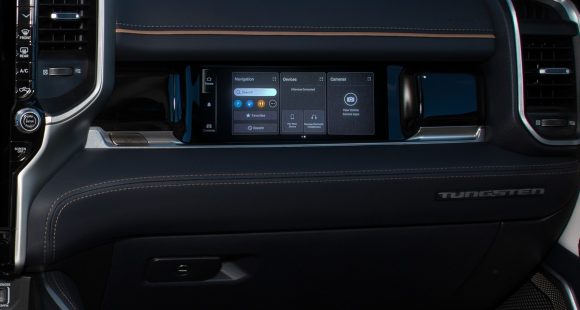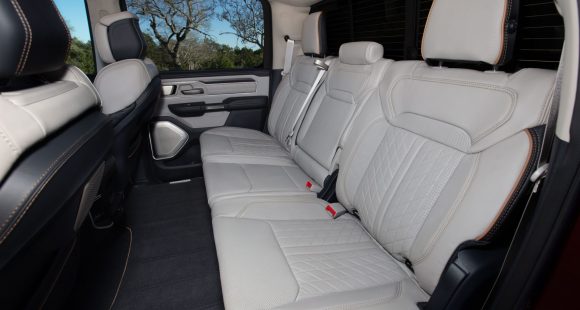2019 Jeep Cherokee
To say that the styling of the reborn 2014 Jeep Cherokee was polarizing is an understatement. Well for 20-19 Jeep has tried to bring the “love it” and “hate it” folks a little closer together, although technically, the latest Cherokee is just a mid-cycle refresher. Still, there’s much more going on than just a styling mea culpa.
As is often the case, while many reviewers and bloggers gave the car-based squint-eyed Jeep Cherokee a hard time, it has actually done very well for the brand. Even outlasting the Dodge Dart that it was based on, and more importantly bringing many new people into the brand as first-time Jeep owners. The 2019 edition looks to broaden that appeal even more, while also attempting to more endear itself to the Jeep faithful.
While there already was a choice when it came to the engine, either a 2.4-liter I4 or a 3.2-liter V6; Jeep has added another option into the mix, a 2.0-liter turbo that outputs 270-horsepower, just one less than the V6, and 295 lb-ft. of torque, 56 more than the 6.
 But even with that extra torque, it’s still the V6 that rates the highest towing capacity, at 4,500-lbs; very good for the segment. The 2.0-liter however, does feel incredibly powerful for a vehicle of this size, and indeed it has 80 more horsepower than you can get in a Honda CR-V.
But even with that extra torque, it’s still the V6 that rates the highest towing capacity, at 4,500-lbs; very good for the segment. The 2.0-liter however, does feel incredibly powerful for a vehicle of this size, and indeed it has 80 more horsepower than you can get in a Honda CR-V.
Like the rest of the engines, it works with a 9-speed automatic. But, unlike in earlier versions of Cherokee, the 9- speed is much smoother and more determined in shift points. It makes this Cherokee drive almost like a totally different vehicle.
And no other cute ute in its price class can hang with Cherokee when the pavement ends. There are even 3-different Active Drive 4X4 systems to choose from. Now, some may question the need for all of that, since most Cherokees will never set rubber on anything but asphalt; but it’s a Jeep thing, and Jeep wants to make sure that is indeed still a thing. Opt for the Trailhawk, and its 1-inch of lift, if that is truly your thing as well.
Chief among the updated styling elements is a new front end that falls more in line with Jeep’s upright and conservative past. A new hood as well; and of course updated lighting. There are also some new wheel options, and even better, a lighter liftgate with hands free operation.
 The cargo area has been reconfigured a bit. Space is up to 27.6 cubic-ft. from 24.6; max capacity with seatbacks folded stays about the same, at 54.7.
The cargo area has been reconfigured a bit. Space is up to 27.6 cubic-ft. from 24.6; max capacity with seatbacks folded stays about the same, at 54.7.
There’s some upgraded interior trim up front; as well as some new color choices, and the latest version of UConnect.
As for what the new 2.0-liter adds to your get-up-and-go, well it gets to 60 in 6.7-seconds. Not screaming fast, but quick for a utility; and about ½ a second quicker than what you’d expect to get from the V6.
Good snap off the line, great traction, and spirited punch from the boosted 4-banger, which likes to rev up quickly. It sounds eager and sporty as well, while the 9-speed clicks through gears comfortably but directly. The ¼-mile ends in 15.2-seconds at 90 miles-per-hour.
No major changes to the suspension, but we had high hopes that a little less engine weight over the front wheels, would work some magic on the handling side.
 Well, no magic; steering is still slow and understeer present. But, grip is very solid and body sway minimal for its class.
Well, no magic; steering is still slow and understeer present. But, grip is very solid and body sway minimal for its class.
Government Fuel Economy Ratings for the 2.0-liter with four-wheel-drive are 21-City, 29-Highway, and 24-Combined; though Premium is recommended. That makes for an average Energy Impact Score; using 13.7-barrels of oil yearly, with C02 emissions of 6.1-tons.
Pricing starts at $26,935 for front-wheel-drive, which is a considerable step up from our ‘14’s base price of around $24,000; though that entry level Sport model is no more; leaving the much better equipped Latitude as the new base model. All-wheel-drive adds another $1,500, and things top out with Overland trim at $37,470.
Old style, new style, doesn’t really matter; the 2019 Jeep Cherokee is a wildly popular utility that seems to be attracting both compact as well as midsize buyers due to all of its capabilities. The skin may now be a bit less controversial, but the Cherokee is one adventure vehicle that harkens back to what SUVs were all about from the beginning; go anywhere vehicles that you can live with day in and day out.
Specifications
- Engine: 2.0 liter
- Horsepower: 270
- Torque: 295 lb-ft.
- 0-60 mph: 6.7 seconds
- 1/4 mile: 15.2 seconds @ 90 mph
- EPA: 21 mpg city / 29 mpg highway
- Energy Impact: 13.7 barrels of oil/yr
- CO2 Emissions: 6.1 tons/yr
2024 Hyundai Elantra
Basic Transportation At Its Best…And That Is A Compliment
For those of you who write in every week bemoaning the fact that all we seem to do around here is test incredibly expensive cars and EVs that only the very well to do can afford, this one’s for you. It’s a commuter and budget friendly mainstay from Hyundai, the compact Elantra sedan. And, it has been nicely updated for 2024.
We clearly do enjoy driving high-performance machines and ultra-luxury rides around here, but like most of you, when it comes time to drive home at the end of a long workday, we do so in something much more practical and affordable, like this 2024 Hyundai Elantra sedan.
If you’re thinking the front end has gotten more aggressive, you’re right. Hyundai calls it a “Shark Nose” theme, and we’re guessing they were thinking more Great White than Hammerhead, though Megamouth shark would also apply. It helps for a low and wide look; more substantial than the typical compact. Other additions for ’24 include slimmer daytime running lights, revised stainless steel Hyundai emblem, reshaped front fenders, sport sedan-style rear diffuser with silver trim; a parametric pattern added to the C-Pillar, and new LED taillights that take up a lot more space on the highly sculpted decklid. Plus, new wheel designs in sizes ranging from 15- to 18-inches.
Standard engine in SE, SEL, and Limited grades is this naturally aspirated 2.0-liter I4 with 147 horsepower and 132 lb-ft of torque. Even with no hybrid assistance, it gets substantial Government Fuel Economy Ratings of 31 City, 40 Highway, and 34 Combined; we averaged a great 38.6 mpg of Regular.
Those high fuel economy numbers mean acceleration times are pretty high as well. It was in no particular hurry to get off the line at our test track, as after a slight jolt of power, it felt pretty sluggish going down the track, taking us a lengthy 9.4 seconds to hit 60 mph. Hyundai’s Intelligent Variable Transmission has some realistic simulated gear shifts built in, and they not only provided the feel of a true automatic, but kept engine noise from becoming overbearing. And while this 2.0-liter may not be a house-on-fire off the line, it has no problem keeping up with traffic, and feels like just the perfect amount of power for a practical and safe commuter car.
There are other engine options too. Two choices if you want to go faster, a 1.6-liter turbo with 201 horsepower in the Elantra N Line, and a 276-horsepower turbocharged 2.0-liter for the Elantra N; plus, one with even better fuel economy, a 1.6-liter hybrid with a 139 horsepower total output.
And despite some significant understeer, there was good feel through the cones of our handling course, both in steering and chassis feedback. We wouldn’t quite call it “point and shoot,” but it responded to inputs fairly quickly, with only moderate body roll. All-in-all, when it comes to performance, it doesn’t claim to bring a whole lot to the table, but does clearly overachieve with what it does bring.
And Hyundai is always overachieving when it comes to packing in features, yet has found a way of keeping things refreshingly simple with a good mix of touchscreen and manual controls. Lots of space too, both up front in the surprisingly wide front buckets, and in the rear bench with ample room for three. Updates for all Elantra interiors include softer materials on the door panels, upgraded instrumentation and additional charging ports, plus a surround view monitor and new H-Tex simulated leather for Limited trim.
Elantra pricing starts with an SE at $22,775, the SEL comes in at $24,725, Limited begins at $28,215, and the sporty N Line starts at $29,615. If you’re interested in the hybrid, base Blue starts at $27,400 with Limited at $30,600.
Some might say there’s not a whole lot that’s earth shaking about the 2024 Hyundai Elantra, but that’s mostly why we like it so much. When it comes to just delivering good, basic transportation with a high dose of unexpected amenities, Hyundai delivers once again.
Specifications
- Engine: 2.0-liter I4
- Horsepower: 147
- 0-60 mph: 9.4 seconds
- 60-0 Braking: 111 ft (avg)
- MW Fuel Economy: 38.6 MPG (Regular)
- Transmission: IVT
- Torque: 132 lb-ft
- 1/4 Mile: N/A (Track Maintenance)
- EPA: 31 City / 40 Highway / 34 Combined
2025 RAM 1500
Ram’s New Hurricane Is Looking To Blow Away The Competition
For many years, the Dodge Ram was the also-ran in the full-size pickup truck race. And because of that, what is now known as just Ram has never been afraid to try new things, whether it’s big-rig style, unique suspension designs, innovative Ram Box storage, or delivering luxury car-like interiors, so what’s next? Well, let’s find out.
Well, as you’ve no doubt heard by now, the big news for this updated 2025 Ram 1500 is that there’s no more Hemi V8 engine under the hood. What? A Ram with no Hemi? What’s the world coming to? Are the Dodge boys rolling over in their collective grave? And am I stuck with a V6 now? Not so fast! Where you use to see Hemi, get ready to say Hurricane!
That’s right, Ram’s got a Hurricane. First seen in Jeep’s Wagoneer, the Stellantis Corporation’s all-new twin-turbo inline-six will now be the top option for Ram truck buyers. Based on our early drive time in the Texas Hill Country, we’re not upset at all, and you shouldn’t be either.
Why an inline-six? Well, in general terms, I-6s are better balanced, run smoother, and can deliver more torque at lower RPM. Just ask any of the truckers you see going down the road hauling more than 20 tons of cargo with their inline-sixes. Ford has already proven that truck buyers will embrace turbo-sixes with their EcoBoost V6, and now Ram has one-upped them with a big-rig style inline-six.
There are actually two versions of this 3.0-liter available. Standard output is the same as in the Wagoneer at 420 horsepower, but the high-output version sees an increase from 510 to 540-horsepower here in the Ram, with 521 lb-ft of torque. That’s more than 100 lb-ft over the previous Hemi V8, which is significant enough for Ram to also put a beefier rear axle in place. Max tow rating is now 11,580 lbs.
Both versions work with an eight-speed automatic transmission, as does the standard 3.6-liter mild-hybrid V6 which carries over unchanged at 305 horsepower. It’s all wrapped in updated styling, of course. New sheet metal is smoother and more aerodynamic and, believe it or not, they’ve gone even bigger and bolder with the grille and its more prominent RAM letters; every trim level now gets its own specific grillwork.
But the Tungsten really sets itself apart inside, going more upscale and more comfortable than any Ram before it, which is definitely saying something.
We spent most of our time in the new top-level Tungsten, which throws off some serious city-slicker vibes with bright trim, unique LED lighting, 22-inch wheels, and power tailgate. It’s available exclusively with Crew Cab and a 5-foot 7-inch bed; Quad cabs and long beds are available in most other trims.
But the Tungsten really sets itself apart inside, going more upscale and more comfortable than any Ram before it, which is definitely saying something. There’s quilted leather seating, suede upholstery, diamond-knurled metal trim, a central 14.5-inch Uconnect 5 touchscreen, and an available 10-inch one for the passenger, plus a 12.3-inch digital gauge cluster. There’s even a bangin’ 23-speaker 1,228-watt sound system… and it sounds really good.
Thankfully, bed-side RamBox storage is still here too, and Rams can now get an onboard power inverter with 2 kilowatts of juice for tailgating or tools. A power-sliding rear window is standard on Laramie and above.
The Tungsten’s four-corner air suspension setup delivers an exceptionally smooth ride, even with the 22s; leaving us feeling more like a soccer mom on the run than a contractor headed to the jobsite. The inline-six is definitely a willing companion; the twin-turbo setup means each turbo is feeding boost to three cylinders, helping to deliver plenty of turbo lag-free acceleration off the line, and immediate passing power when called upon.
Four-wheel drive is standard with Tungsten along with Rebel, and Limited, it’s a $3,850 option in Tradesman, Big Horn, and Laramie models. While truck prices have continued to be on the rise, you can still get in a base Ram Tradesman for as little as $42,270. Most new Ram 1500s will probably transact in the $60,000 range, with the budget busting Tungsten reserved for high-rollers at $89,070.
Equal parts rugged and refined, with a new force to be reckoned with under the hood, the 2025 Ram 1500 is sure to be a bigger player than ever in the full-size truck game. And, this is just their leadoff hitter, as later in the year we’ll see two plug-ins in the lineup; including the full battery-electric REV and the switch-hitting Ramcharger with a range-extending onboard generator. This may just be the year of the Ram.
Specifications
As Tested
- Engine: 3.0-liter twin-turbo I6
- Horsepower: 540
- Max Towing Capacity: 11,580 lbs.
- Transmission: 8-speed automatic
- Torque: 521 lb-ft
- EPA: 15 City, 20 Highway, 17 Combined







